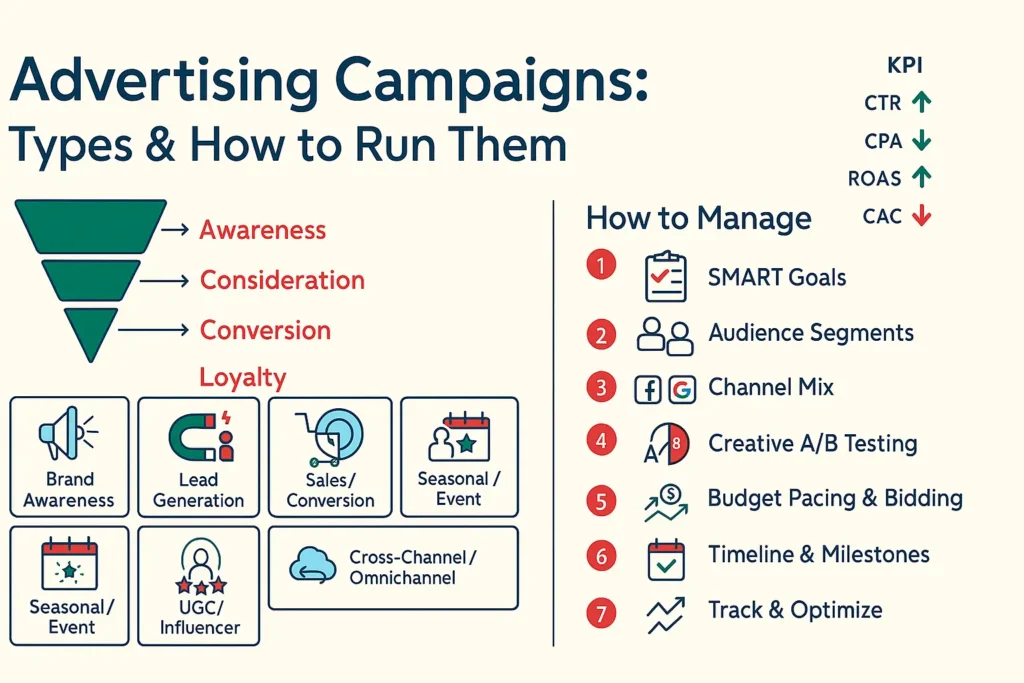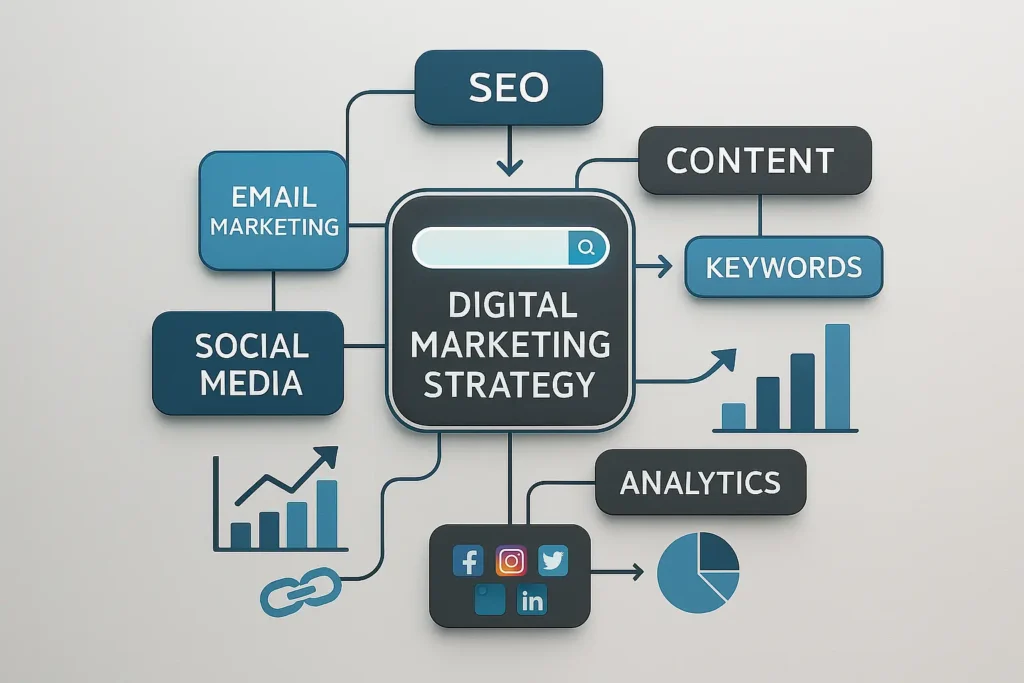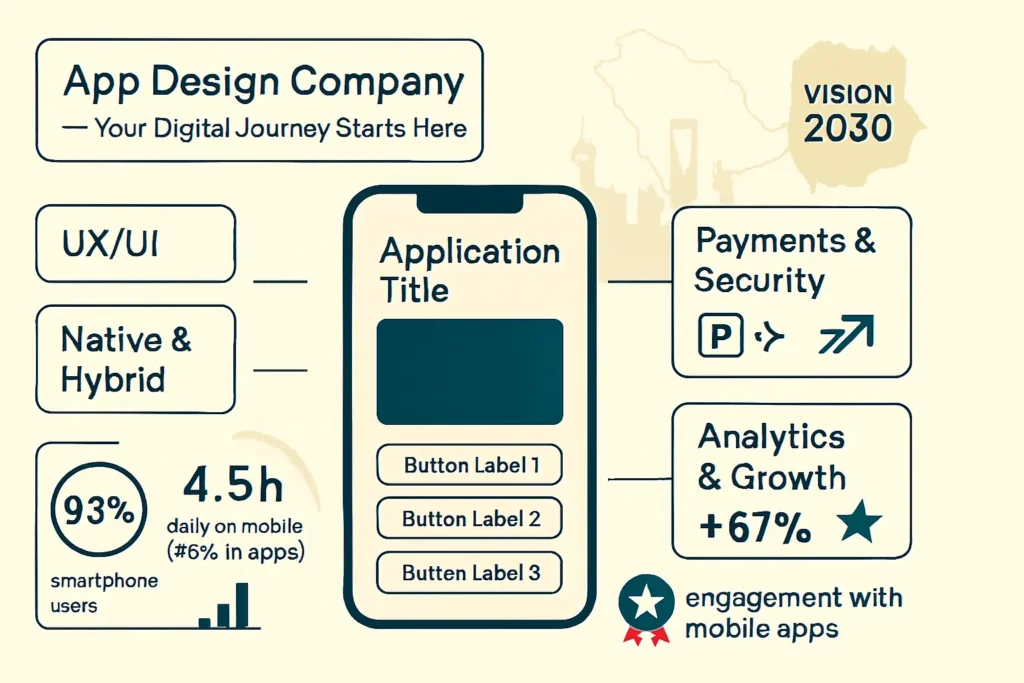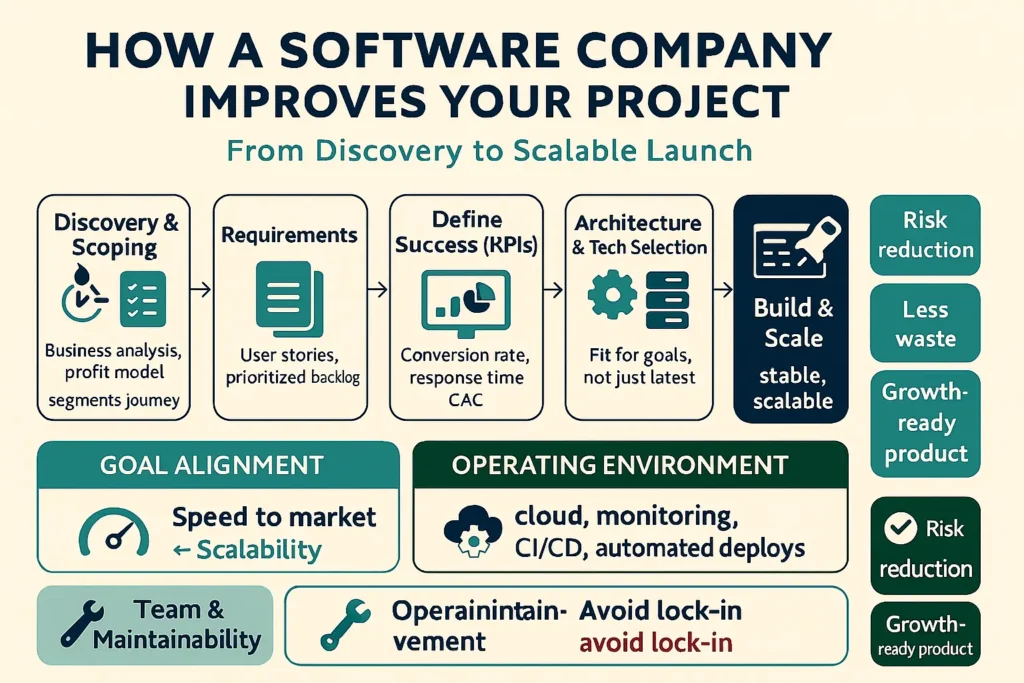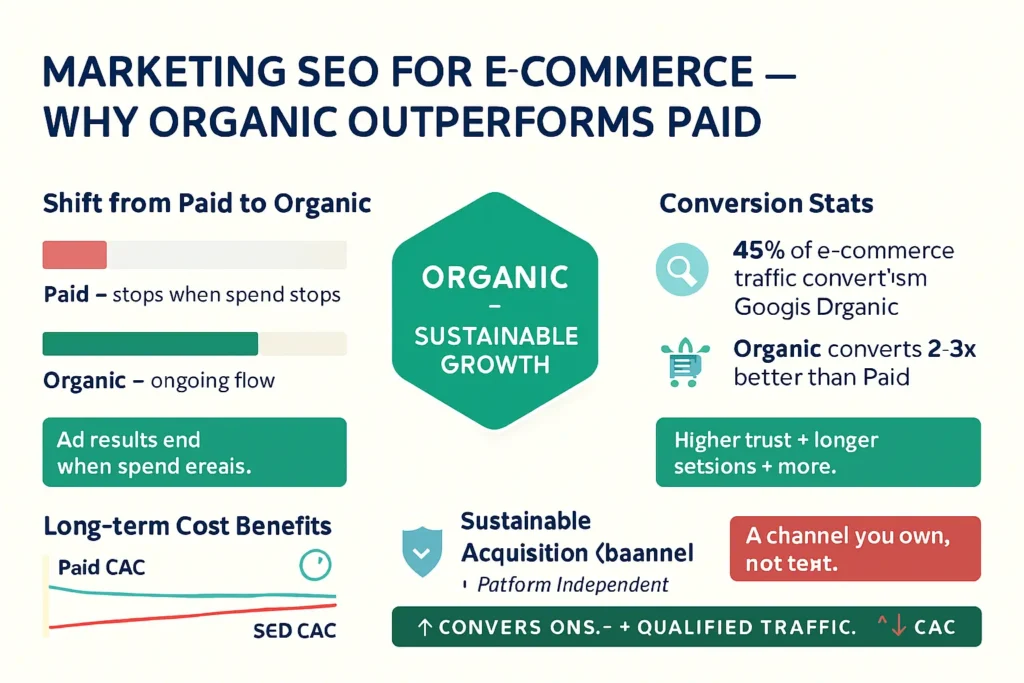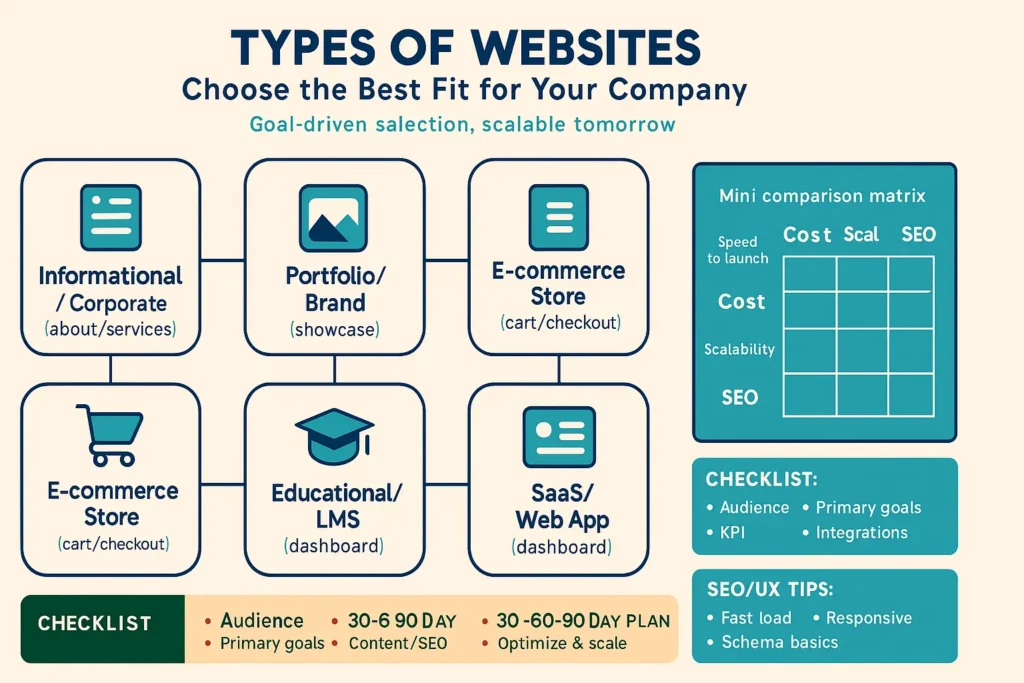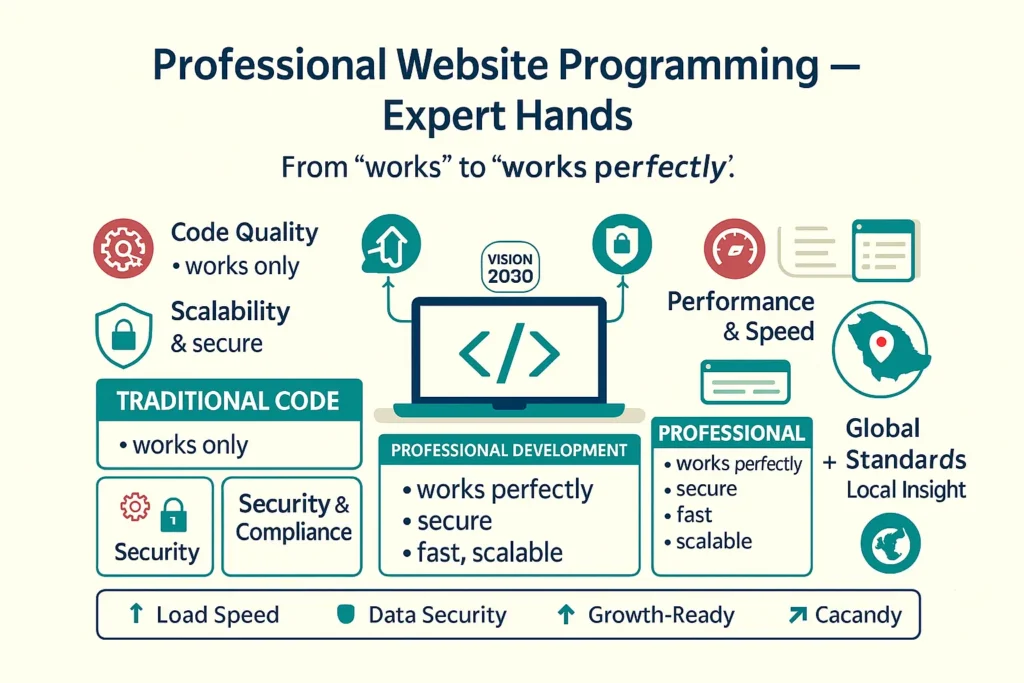
How to Website Programming Professionally by Expert Hands
Website Programming: Your Journey to Mastering Professional
You’re entering an era where professional web development has evolved far beyond writing simple code snippets. The web programming landscape has changed dramatically across the Arab world, and developers are now expected to align with international standards while understanding the nuances of the local market. As you begin this journey, you’re not just learning how to code—you’re mastering a craft that blends technical excellence with strategic thinking.
The difference between traditional coding and professional website development lies in your approach to quality, scalability, and user experience. Traditional coding might get a site to function, but professional web development ensures your build can handle growth, maintain security, and deliver exceptional performance under pressure. You’ll find that expert-level development requires a mindset shift from “make it work” to “make it work perfectly.”
Global-quality standards in web development are non-negotiable in today’s competitive market. When you embrace these standards, you position yourself among elite developers who can command higher rates and handle complex projects. The importance of working with such an expert—or becoming one—cannot be overstated; the difference in outcomes is often the difference between a site that merely survives and a site that truly thrives.
Understanding the Foundations of Professional Web Development
Professional web development goes far beyond writing functional code. It encompasses architectural planning, performance optimization, security implementation, and scalability considerations from day one. When you approach web development professionally, you’re essentially building a digital infrastructure that can support business growth for years to come.
The core distinction between front-end and back-end development becomes crucial in your career path. Front-end development focuses on everything users see and interact with—visual elements, the user interface, and user experience. Back-end development, on the other hand, handles server-side logic, database management, and the APIs that power your site’s functionality behind the scenes.
Full-stack development represents the pinnacle of professional versatility. When you master both front-end and back-end technologies, you become indispensable to clients and employers alike. This comprehensive skill set lets you understand how every part of an application fits together, making you far more effective at problem-solving and systems design.
The importance of thorough planning and analysis before writing a single line of code cannot be emphasized enough. Professional developers invest significant time in discovery and planning: understanding requirements, mapping user journeys, and designing system architecture. This early investment saves countless hours during development and ensures the final product meets both technical and business objectives.
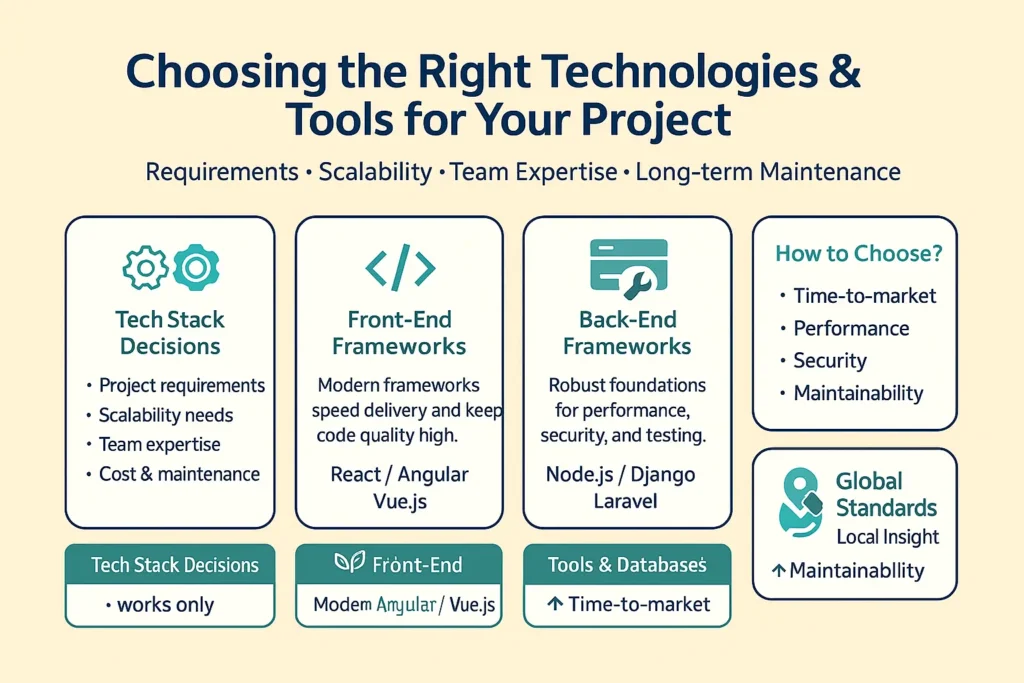
Choosing the Right Technologies and Tools for Your Project
Your technology choices will make or break your project. Professional web development requires careful consideration of factors such as project requirements, scalability needs, team expertise, and long-term maintenance obligations. You must evaluate whether to use battle-tested technologies with proven track records or newer frameworks that may offer performance advantages but carry adoption risks.
Modern frameworks have reshaped the web landscape by providing solid foundations for complex applications. When you choose front-end frameworks like React, Angular, or Vue.js, or back-end frameworks like Node.js, Django, or Laravel, you leverage thousands of hours of community testing and performance tuning. These frameworks embody best practices, which can significantly accelerate your development timeline while maintaining code quality.
Advanced development tools and integrated development environments (IDEs) are now essential to professional efficiency. Your choices of IDE, version control systems, debugging tools, and deployment platforms directly affect your productivity and code quality. Professional developers invest time in mastering these tools because efficiency gains compound over time.
Modern database technologies require deliberate selection based on your application’s specific needs. You might choose relational databases like PostgreSQL for complex relational schemas, NoSQL databases like MongoDB for flexible document storage, or specialized solutions such as Redis for caching. Understanding when and how to use each type makes you a strategic technical decision-maker.
Strategic Planning for Your Website Project
Professional project planning starts with a thorough requirements analysis. You must fully understand your client’s business goals, target audience, technical constraints, and success metrics before proposing solutions. This discovery phase often reveals needs that weren’t obvious at first but are essential to project success.
Creating detailed sitemaps and functional flowcharts helps you visualize the user journey and identify potential bottlenecks or usability issues before development begins. These planning artifacts act as blueprints that guide development decisions and help stakeholders understand the project’s scope and complexity.
Technical and functional specifications must be documented precisely, leaving no room for ambiguity. When you produce comprehensive specs, you protect both yourself and your client from scope creep while ensuring all parties’ expectations are aligned. These documents also become the foundation for testing and quality assurance.
Building realistic timelines and delivery milestones requires balancing client expectations with development realities. Professional web development factors in buffer time for testing, revisions, and unforeseen challenges while maintaining momentum toward delivery dates.
Infrastructure Design and System Architecture
Architectural design patterns provide proven solutions to common development challenges. When you implement patterns like Model–View–Controller (MVC), the Observer pattern, or Facade, you build on accepted best practices that improve code maintainability and team collaboration. Understanding these patterns elevates your code from merely functional to truly professional.
Database design and information architecture require careful consideration of relational structures, query performance, and scalability needs. Early decisions about schema design will impact performance and maintenance requirements throughout the application’s lifecycle. Professional developers invest significant time optimizing schemas and indexes to ensure fast query performance as data volumes grow.
Planning for scalability means designing systems that can handle increases in traffic, data volume, and feature complexity without a complete rewrite. You should account for factors such as horizontal scaling capabilities, caching strategies, and microservices architecture when building applications expected to grow substantially over time.
Security considerations must be integrated into your architecture from the start rather than tacked on later. Professional developers implement security measures at multiple layers, including secure coding practices, input validation, authentication systems, and data encryption protocols.
Professional User Interface Programming
Advanced HTML5 and CSS3 techniques enable you to create complex user interfaces that behave consistently across browsers and devices. Modern semantic HTML elements improve accessibility and SEO, while CSS3 features like Flexbox and Grid provide powerful tools for implementing responsive layouts.
Modern JavaScript and popular frameworks have transformed front-end work from simple scripting into complex application development. When you master frameworks such as React, Angular, or Vue.js, you gain access to component-based architecture, state management systems, and rich ecosystems of third-party libraries that accelerate development.
Responsive design principles ensure your sites perform beautifully across the full range of devices and screen sizes. Professional implementation goes beyond basic media queries to account for touch interactions, performance on mobile networks, and progressive enhancement strategies that deliver great experiences regardless of device capabilities.
Optimizing UX/UI requires understanding psychology, accessibility standards, and performance considerations. Your front-end code must load quickly, respond instantly to user interactions, and provide clear feedback for all user actions. Professional developers extensively test their interfaces across devices and user scenarios.
Back-End Services and API Development
Server-side programming with modern technologies provides the foundation for data-driven, dynamic websites. Whether you choose Node.js, Python/Django, or PHP/Laravel, professional back-end development demands an understanding of security, performance, and scalability considerations that affect server-side code.
API design and microservices architecture have become central to modern web applications. By designing clear, well-documented APIs, you enable integration with mobile apps, external services, and future system extensions. Increasingly, professional web development involves building systems that can adapt to and integrate with evolving technology ecosystems.
Managing user sessions and authentication systems requires precise implementation to balance security with user convenience. Professional developers implement multi-factor authentication, secure session management, and appropriate authorization controls while maintaining seamless user experiences.
Data processing and optimized database interaction can significantly affect application performance. Your back-end code should execute efficient database queries, apply appropriate caching strategies, and validate data to ensure both performance and data integrity.
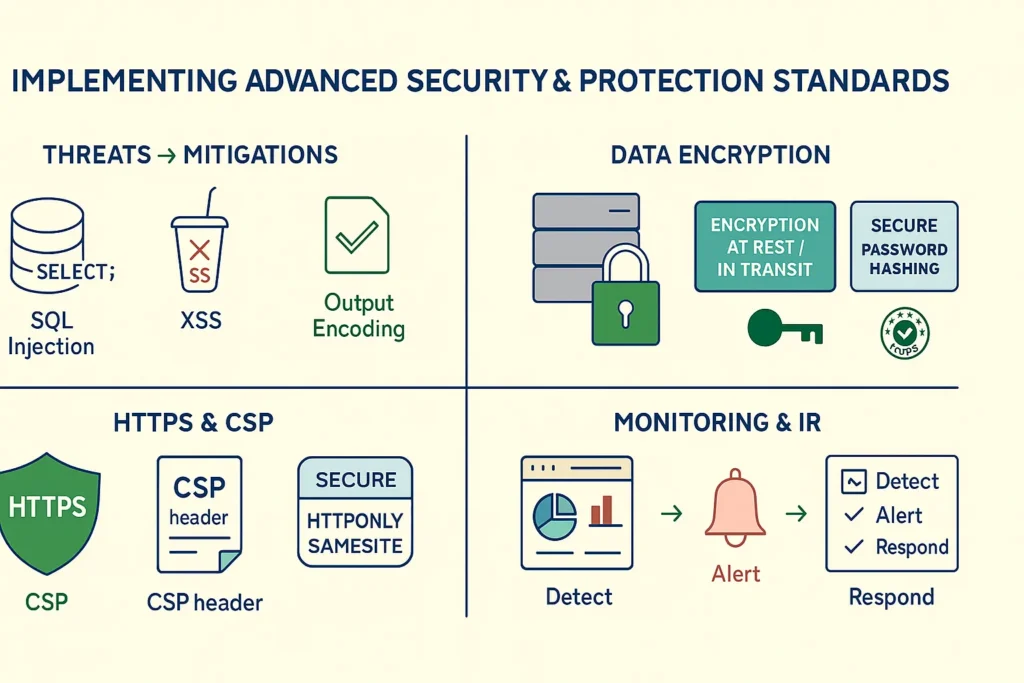
Implementing Advanced Security and Protection Standards
Protecting against common vulnerabilities requires a comprehensive understanding of threats such as SQL Injection, XSS, and CSRF. Professional developers treat input validation, prepared statements, and output encoding as baseline practices—not optional add-ons.
Data protection and encryption for sensitive information include encryption at rest and in transit, secure password storage, and proper key management. Your security implementations should comply with relevant regulations (e.g., GDPR) while maintaining transparent communication with users about data collection and use.
Modern security protocols include enforcing HTTPS, setting Content Security Policy (CSP) headers, and configuring cookies securely. These measures create defense-in-depth that protects both your application and users from a wide range of attack vectors.
Monitoring and early threat detection help you identify and respond to security incidents before they cause significant harm. Professional security practice includes structured logging, alerting, and incident-response playbooks to minimize the impact of security events.
Performance Optimization and Load Speed
Effective site speed optimization can dramatically improve user experience and search rankings. Professional developers implement image optimization, code minification, browser caching, and lazy loading to reduce initial page load times and improve perceived performance.
Content Delivery Networks (CDNs) deliver static assets from edge servers geographically close to users, providing global performance gains. With a well-implemented CDN strategy, you can achieve major performance improvements regardless of a user’s distance from your origin servers.
Compression and image optimization balance visual quality with file size constraints. Professionals use modern formats, responsive images, and lossless/lossy compression to achieve optimal load performance without noticeable quality loss.
Optimizing database queries removes performance bottlenecks that can severely impact user experience. Your data interactions should use the right indexes, avoid N+1 query pitfalls, and apply caching strategies that reduce database load without sacrificing consistency.
Testing and Quality Assurance
Different testing types serve distinct purposes in ensuring site quality. Unit tests validate individual components, integration tests confirm that system parts work correctly together, and end-to-end tests verify complete user workflows. Professional web development employs multiple testing layers to catch different classes of defects.
Functional, performance, and security testing require different methods and tools. Functional testing verifies that features behave as specified, performance testing measures system behavior under load, and security testing uncovers vulnerabilities before they’re exploited. Each testing type demands specialized knowledge for effective execution.
Cross-browser and cross-device testing ensures consistent user experiences across diverse browsers, operating systems, and devices. Professionals test broadly across this matrix to identify and resolve compatibility issues before launch.
Comprehensive QA combines automated and manual testing. Automation provides fast feedback during development (CI), while manual exploratory testing surfaces usability issues and edge cases that automation might miss.
Professional Launch and Deployment
Choosing the right hosting for professional projects requires evaluating performance, reliability, scalability, and support. Your hosting selection should align with the technical needs of your app while providing headroom for growth and enterprise-grade assistance when issues arise.
Preparing the production environment and server configuration demands attention to security, performance, and monitoring. Professional deployment includes hardened server configs, optimized runtimes, and observability that provides a real-time health view of the application.
Deployment strategies (blue-green, canary, rolling updates) minimize downtime and risk while enabling rapid response to issues. Professionals ship safely and frequently with pipelines that allow quick, reversible changes in production.
Post-launch performance monitoring yields critical insight into real-world behavior. Your observability stack should track performance metrics, error rates, and user behavior patterns to inform continuous optimization and catch issues before they affect many users.
Keep reading and uncover secrets that can change the way you work. Types of Websites: How to Choose the Best Fit for Your Company
Maintenance and Continuous Evolution
Regular maintenance plans and security updates keep your site safe and functional as underlying technologies evolve. Professional maintenance includes vulnerability monitoring, prompt patching, and regression testing of changes.
Analytics and performance reporting provide insights that drive ongoing improvements. Your implementation should measure meaningful, business-impact metrics while respecting user privacy and complying with applicable regulations.
Adding new features and iterative enhancements balances innovation with stability. Professional software practice uses feature flags, staged rollouts, and thorough testing to enable safe experimentation and improvement.
Robust update and backup procedures protect against data loss and system failure. Your backup strategy must include periodic restore tests to ensure backups are usable when needed.
Keep reading and uncover secrets that can change the way you work. How Does a Software Company Help Improve Your Project?
Pricing Strategies and Client Management
Setting prices for professional projects requires understanding the value you deliver, prevailing market rates, and project complexity factors. Professional
Website Programming commands higher fees when you can demonstrate expertise, reliability, and superior outcomes compared to less experienced developers.
The factors that influence the costs of complex Website Programming include technical complexity, custom feature requirements, integration needs, and ongoing maintenance demands. Your pricing should reflect the true cost of delivering professional-grade results while remaining competitive in the market.
Managing client expectations and communicating effectively helps prevent misunderstandings that can derail projects. Professional developers establish clear communication channels, provide regular progress updates, and proactively address issues before they grow into major problems.
Quality guarantees and post-delivery services distinguish professional developers from hobbyists. Your service offerings should include warranty periods, support options, and clear procedures for addressing issues that arise after project completion.
Keep reading and uncover secrets that can change the way you work. Discover How an App Design Company in Saudi Arabia Can Help You
The Future of Website Programming and Emerging Developments
Emerging technologies continue to shape the web development landscape. Technologies such as AI, machine learning, progressive web apps (PWAs), and serverless computing create new opportunities for developers who stay current with industry trends and invest in learning new skills.
AI applications in Website Programming include automated testing, code generation, and user-experience personalization. Professional developers who know how to leverage these tools—while preserving code quality and user privacy—will gain significant competitive advantages.
Staying current with technological developments requires continuous learning and experimentation. Professional developers dedicate time to learning new tech, participating in developer communities, and contributing to open-source projects that move the industry forward.
Building specialized professional teams becomes crucial as projects grow more complex. Your ability to collaborate effectively with designers, project managers, and other specialists determines your capacity to take on large, complex projects that generate substantial revenue.
Turn your goals into real achievements with our tailored services – request the service now.
Frequently Asked Questions (FAQ)
How long does professional Website programming take?
Timelines vary widely based on project complexity, feature requirements, and quality standards. Simple sites may be completed in weeks, while complex applications can require months of development. Professional projects include thorough planning, testing, and optimization—steps beginners often overlook.
What distinguishes a professional website from a basic one?
Professional sites deliver performance, security, scalability, and a great user experience. They’re built with clean, maintainable code that evolves with changing requirements. Professional sites also include comprehensive testing, optimizations, and ongoing maintenance that ensure long-term success.
How can I choose the right company for Website programming?
Evaluate potential developers by portfolio quality, technical expertise, communication skills, and process maturity. Ask about experience with projects similar to yours, their testing procedures, and their post-launch support offerings.
Can professional websites be built on limited budgets?
Professional quality requires non-negotiable investment in planning, development, and testing. However, experienced developers can often achieve professional results more efficiently than less experienced peers—potentially lowering total cost while maintaining quality standards.
Your Path Forward in Professional Website Programming
The journey to mastering professional web programming requires dedication, continuous learning, and hands-on experience with increasingly complex projects. You’ve now seen the holistic approach that distinguishes expert-level development from hobbyist coding. The path forward involves applying these principles methodically while building the expertise that turns knowledge into professionalism.
Success in professional web development comes from blending technical skill with business understanding, quality with efficiency, and innovation with reliability. As you keep growing your skills, remember that each project is an opportunity to demonstrate professionalism and build the reputation that leads to larger, more rewarding opportunities in this dynamic field.
